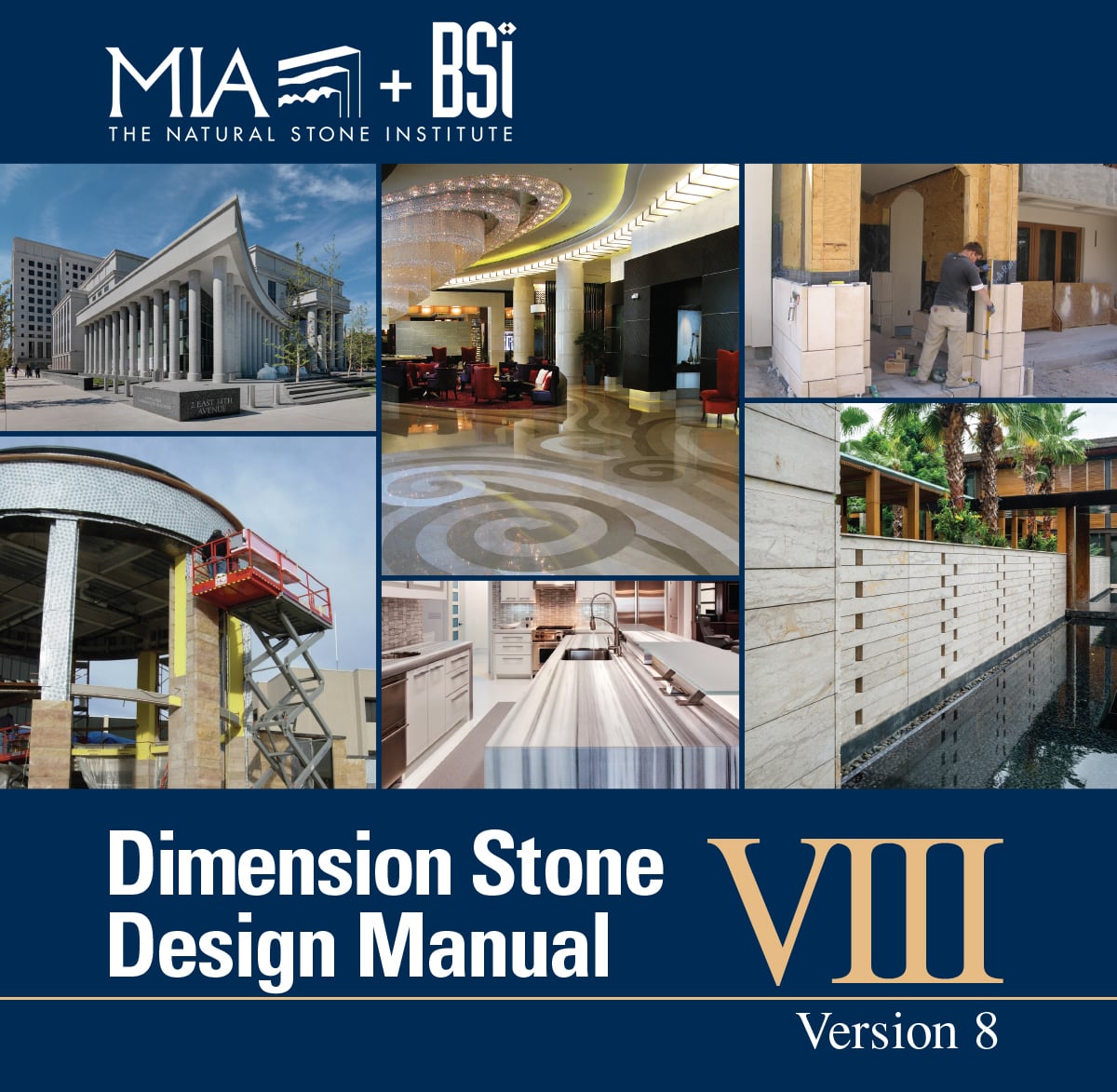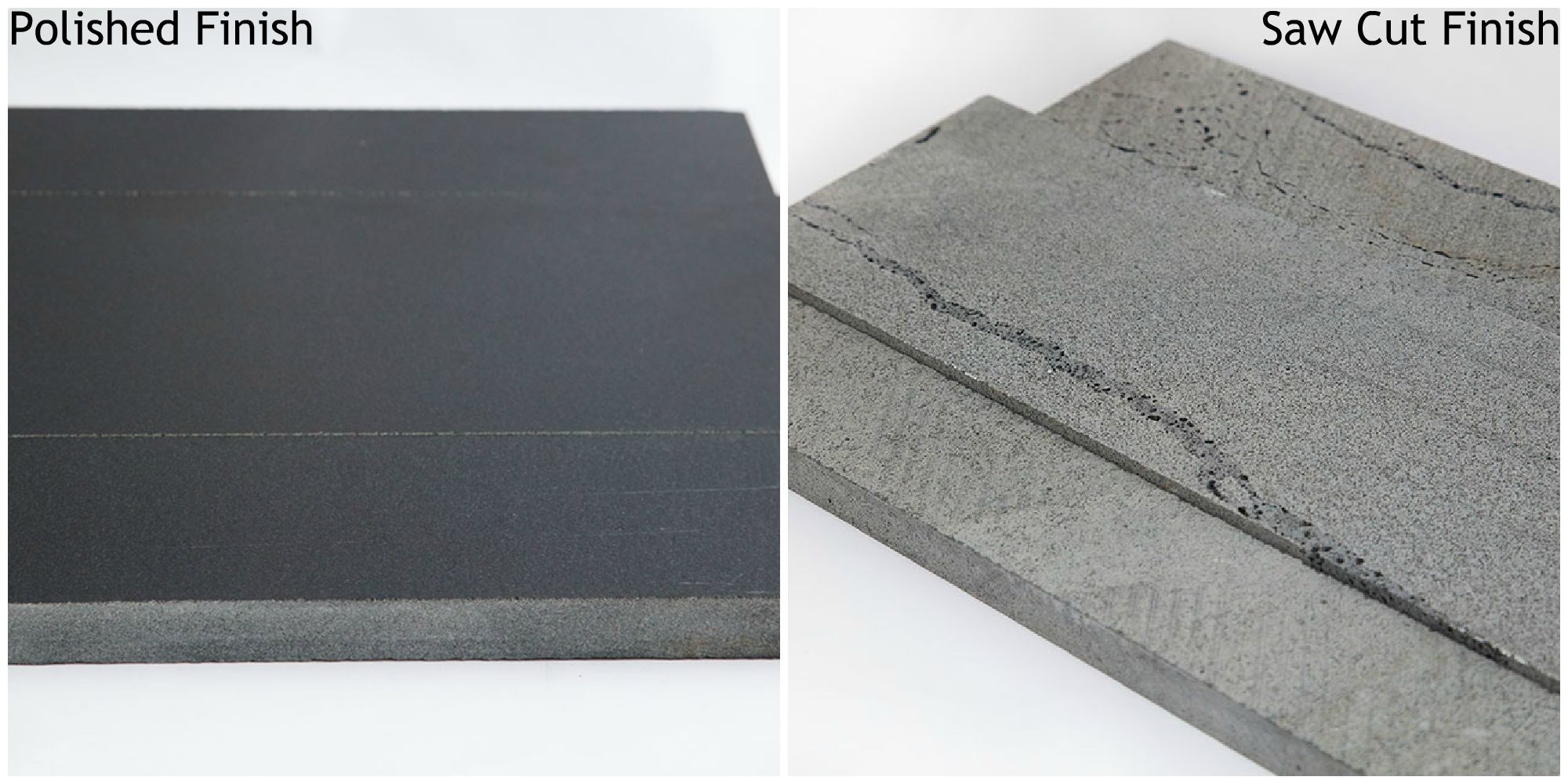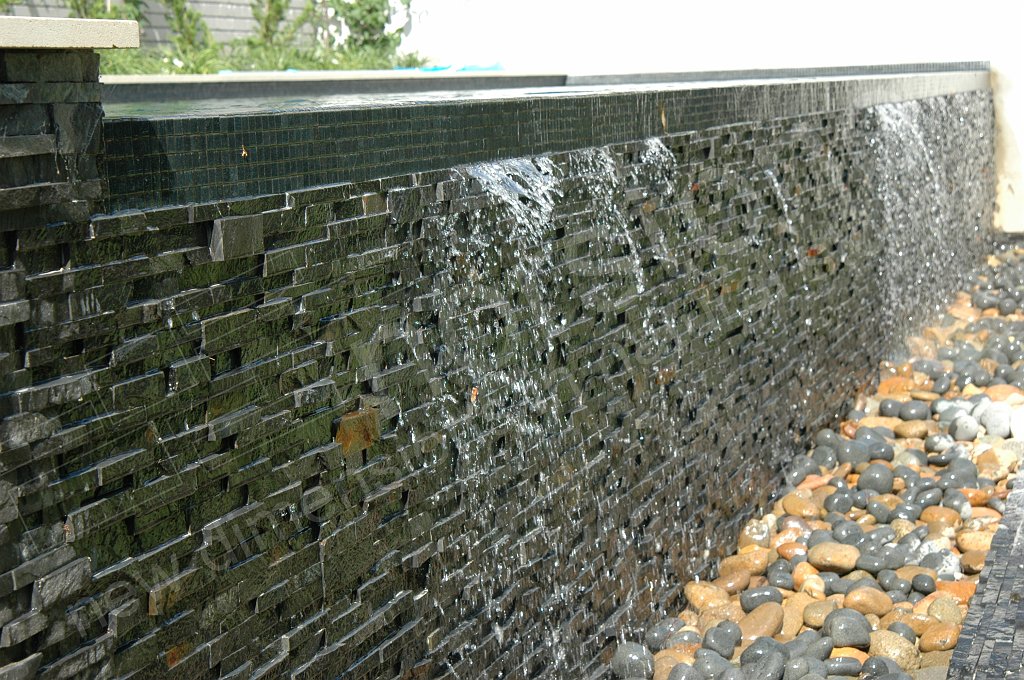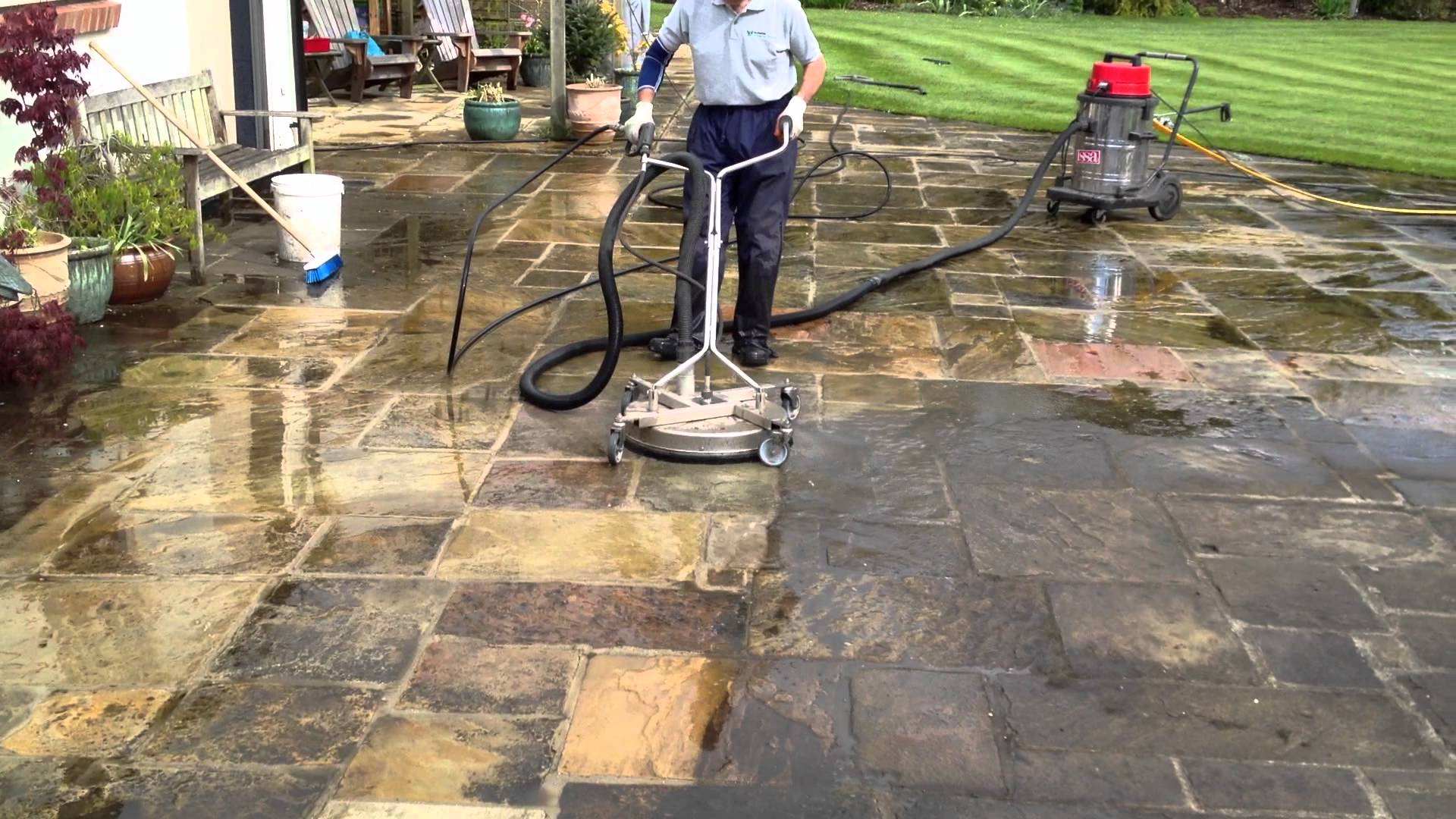Norstone Dimension Stone Design Manual Review – Chapter 3: Dimension Stone Selection
Published by the Natural Stone Institute, the Dimension Stone Design Manual, DSDM for short, is a key resource for the natural stone building industry. Over the next couple weeks we are going to explore some specific chapters of the DSDM to learn more about industry standard for dimensional building stone with specific applicability to Norstone natural stone veneer products. Today we are discussing chapter 3, Dimension Stone Selection.

A high level summary of Chapter 3 of the DSDM covers the physical attributes of stone (aesthetics and appearance), considerations for designing and using natural stone in a construction project, and guidelines for stone testing, sampling, cost and maintenance. Let’s quickly run through each of these topics and get a better understanding of each.
Physical Attributes of Stone. The physical attributes of stone are an important detail to understand when evaluating any natural stone product for use on a project. As the DSDM details out, there are a variety of different things to consider when thinking about the aesthetic and appearance. There are the obvious considerations, such as the visual attributes of the product like color, fit and finish of the stone, but as the DSDM states, just as important are the unseen attributes such as the strength and durability of the stone, which directly correlate to how appropriate a particular product is for the intended application. Furthermore, variegation and expected natural variation differ from source to source. Some of the most popular finishes we see in today’s market are:
- Polished. Most commonly defined by being so glossy, that you can see your reflection in the face of the product.
- Honed. Similar to Polished in that it’s smooth and silky to touch, but not glossy, more of a dull sheen where reflections are not noticeable.
- Natural Cleft. Most common for wall cladding, and specifically highlighting the natural cut face of the stone.
- Fine Rubbed. Newer to the market, but very popular — This is a flat finish, free of scratches, with no sheen whatsoever.
- Thermaled or Flamed. Planed surface, but rough textured due to the application of heat and water. Changes the look of the underlying stone.

Norstone’s range of products are available in a variety of colors and finishes including our traditional split face rock panel systems as well as our polished modern veneer product series like Planc and Aksent 3D Panels. Nearly all of our products are durable enough that they are rated for both interior and exterior use, however all of our products are only rated for wall applications as they have not been designed nor tested for things like slip resistance, which are required for flooring materials for example.
Suitability Considerations of your Selection. Most of the considerations that the DSDM covers regarding designing and using natural stone in various projects focuses around making sure that the stone selected is a good fit for the intended usage. From making sure that the type of product being used, whether its loose stone, a modular panel system, or a tile, is a good fit for the application, to ensuring that the product is rated for the application it is intended to be used in (for example interior vs exterior, freeze / thaw, etc), there are lots of considerations that factor in to making sure the right stone is selected for the requirements and specifics of each job. This is an area where working with a knowledgeable expert, whether its the architect or designer, stone manufacturer’s rep, or industry expert can save the project time and money by making sure the product selected is suitable avoiding future early replacement of an incorrectly specified product. Some of the most important suitability factors to consider when selecting stone are:
- Interior Only vs Exterior Rated Products. Almost all natural stone products can be used on interior applications, but only certain natural stone should be used in exterior applications based on freeze / thaw cycling, thermal expansion and contraction, and absorption and porosity of the stone.
- Water Resistance. Dense stone with a low absorption coefficient will produce the best results for exterior natural stone applications or interior applications subject to frequent water exposure such as fountains and showers.
- Heavy vs Light Duty. Natural stone should be selected based on the expected traffic volume on the material. Areas with a heavy volume of traffic over or against the stone are best served by natural stone with maximum resistance such as granite and quartzite. Lower volume traffic areas where scratching and staining are less of a concern can explore less durable stone options such as highly polished finishes.

Stone Testing, Sampling, & Maintenance. Chapter 3 of the Dimension Stone Design Manual then goes onto cover guidelines for stone testing, sampling, cost and maintenance. Important considerations when it comes to testing, sampling and maintenance are as follows:
- ASTM testing. ASTM International develops and publishes technical standard for a wide range of products and services including natural stone building materials. Make sure a natural stone building material being considered for a project has been tested according to the relevant ASTM standards and those results are published or readily available from the manufacturer.
- Sampling. Natural stone manufacturers should provide samples for purposes of evaluation and submittal for both commercial and residential projects. Often times multiple samples are needed to show the complete range of variation in a particular stone and for large projects a temporary “mock up” installation is usually performed to show both the stone and its natural variation but also to address site specific installation conditions.
- Initial and Ongoing Maintenance. It is important to recognize that natural stone might have both initial and ongoing maintenance routines that need performed to maintain the natural beauty of the product. These maintenance guidelines should be published by the manufacturer and might include recommend ways to clean the stone of installation related stains and specific types of products that can or should not be used with the specific type of stone
- Sealing. Many types of natural stone should be sealed dependent on the type of application where it is used. Sealers are available in a variety of different types including water and solvent based, topical and penetrating, and in a wide range of finishes such as matte or high gloss. Testing a sealer application on an off cut or sample of the stone is recommended as is setting up a maintenance schedule to reseal the stone per the sealer manufacturer’s recommended timeline.

At Norstone we take pride in being ready to answer our client’s questions about testing which we have had completed by independent labs for all of our products and maintenance, which we publish a guidelines on and have a wealth of experience with having manufactured and sold natural stone wall veneer panels for over 15 years. We also recognized early on that having a reliable and well thought out system to effectively sample products to our clients both near and far was going to be important to getting our products out in the marketplace so we developed sample kits as well individual samples that are both mounted to a thin MDF backer to ensure durability in both mailing and handling and functional with an info packed sticker on the back covering the highlights of what is most important to know about the product.
The Dimension Stone Design Manual published by the Natural Stone Institute is a great resource for anyone working in the natural stone building materials field, whether you’re a manufacturer, specifier, or installer, the information in the DSDM is the basis for understanding natural stone building materials, selecting the right material for your project and installing it successfully. Norstone natural stone wall veneer products have been extensively tested and our knowledgeable technical support team is ready and willing to assist with questions related to the successful installation of our products per DSDM standards – contact us today to learn more and get your questions answered.
.png)



